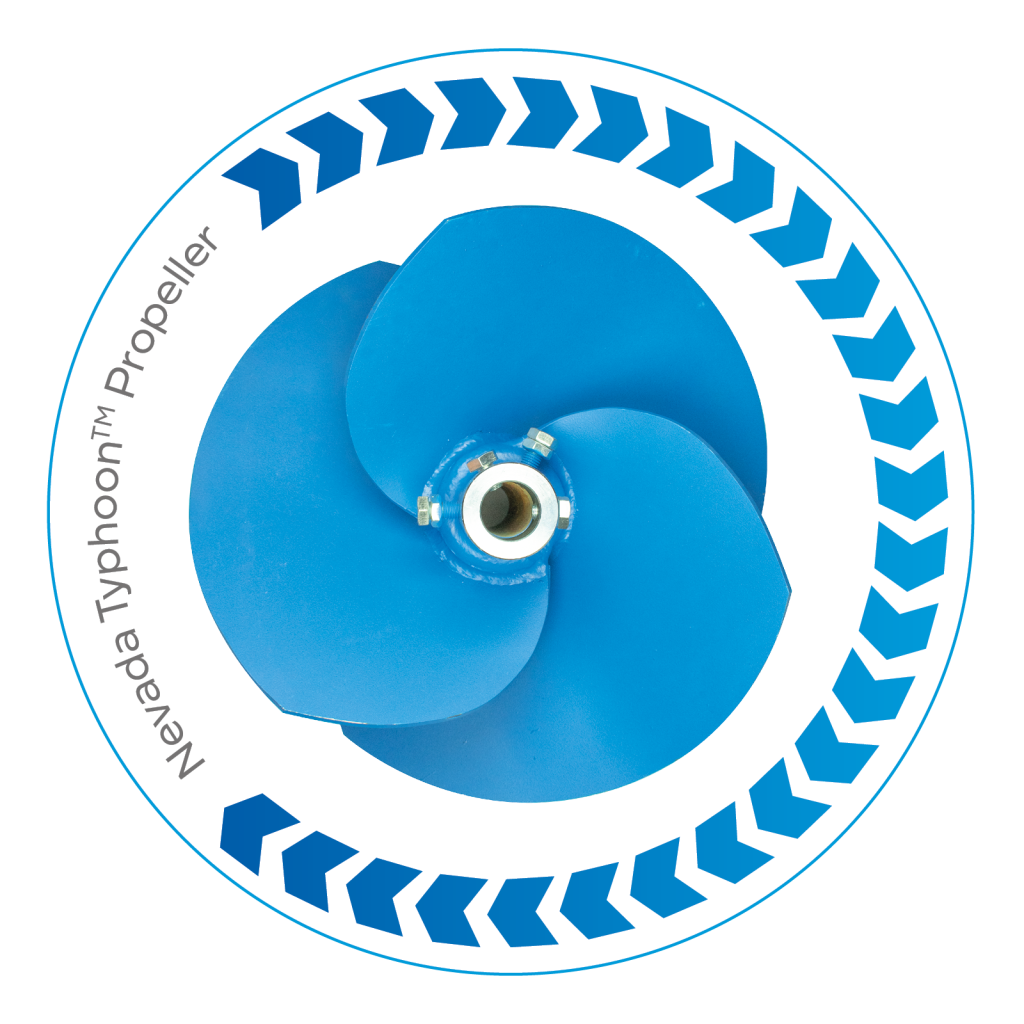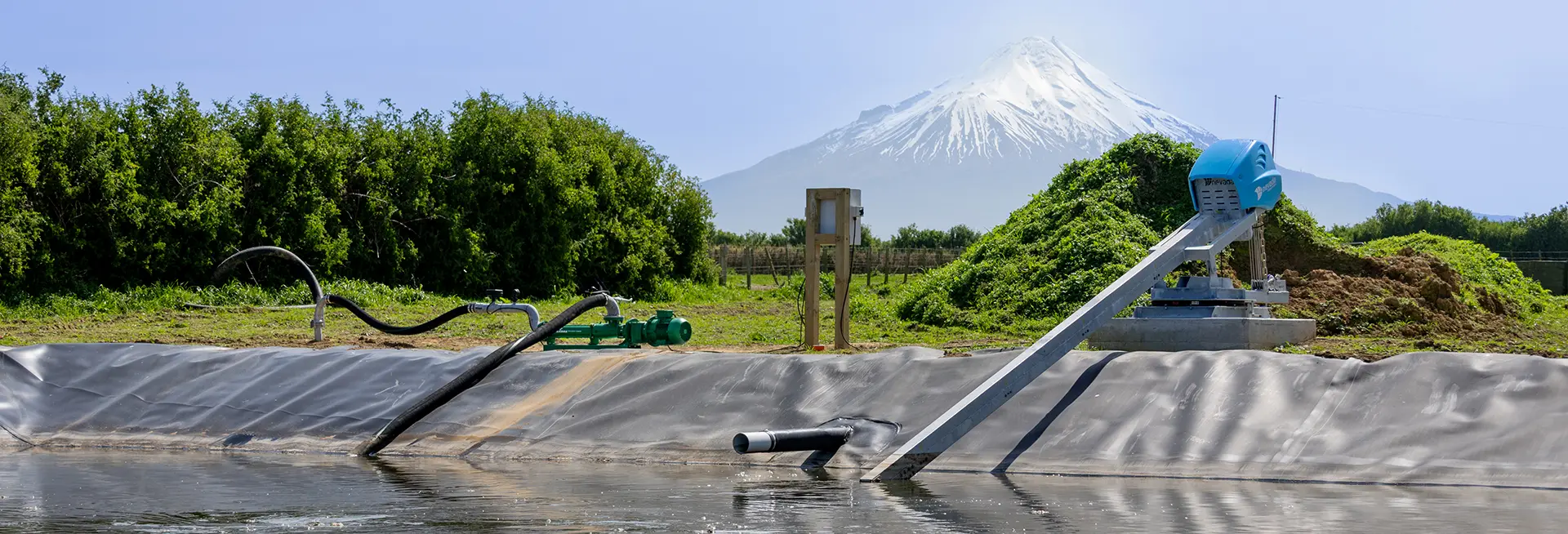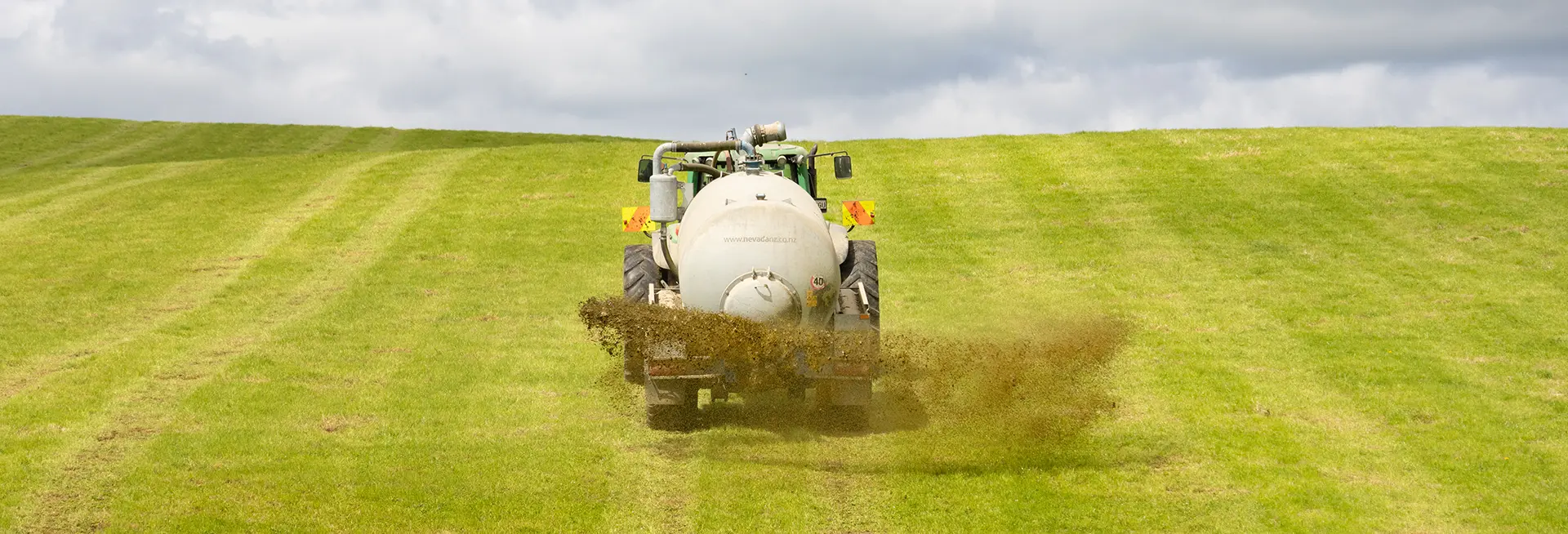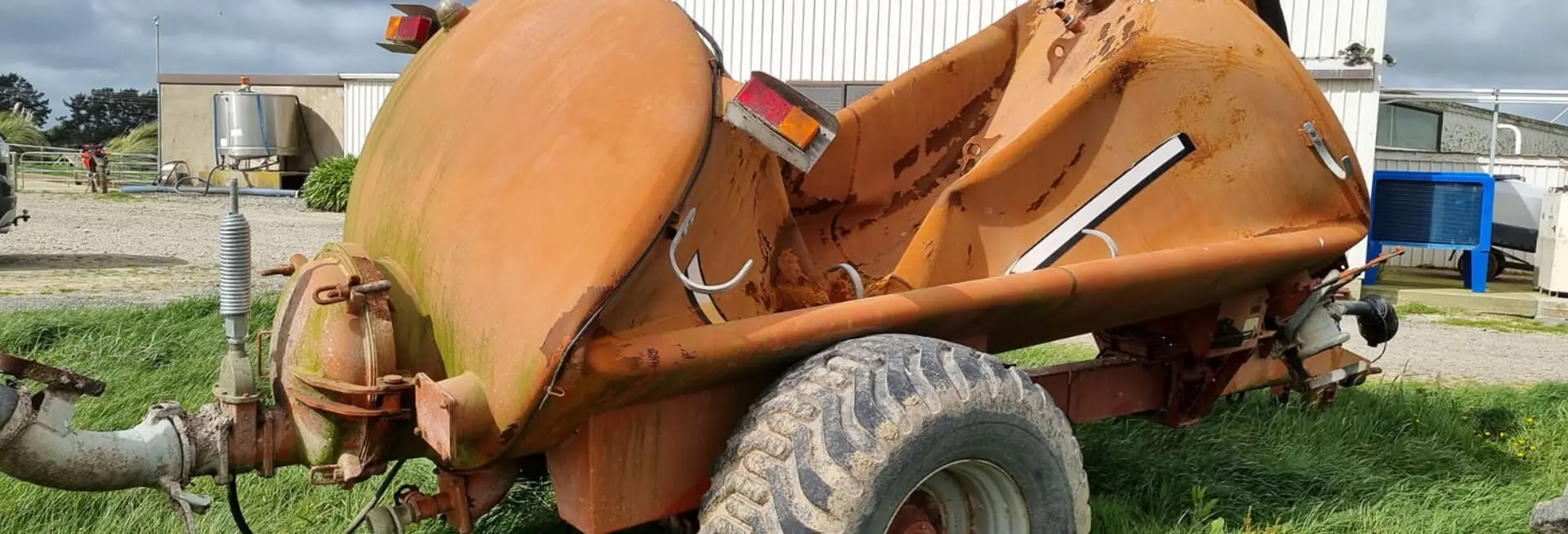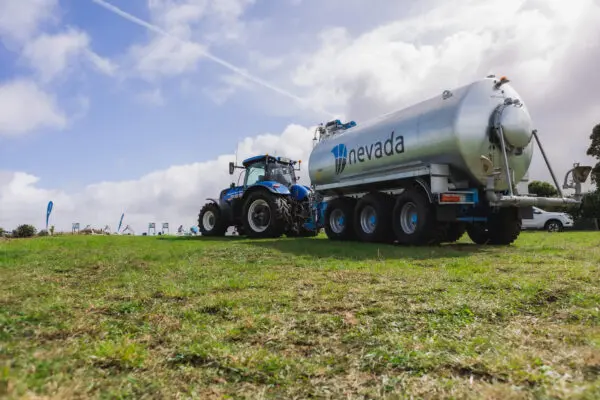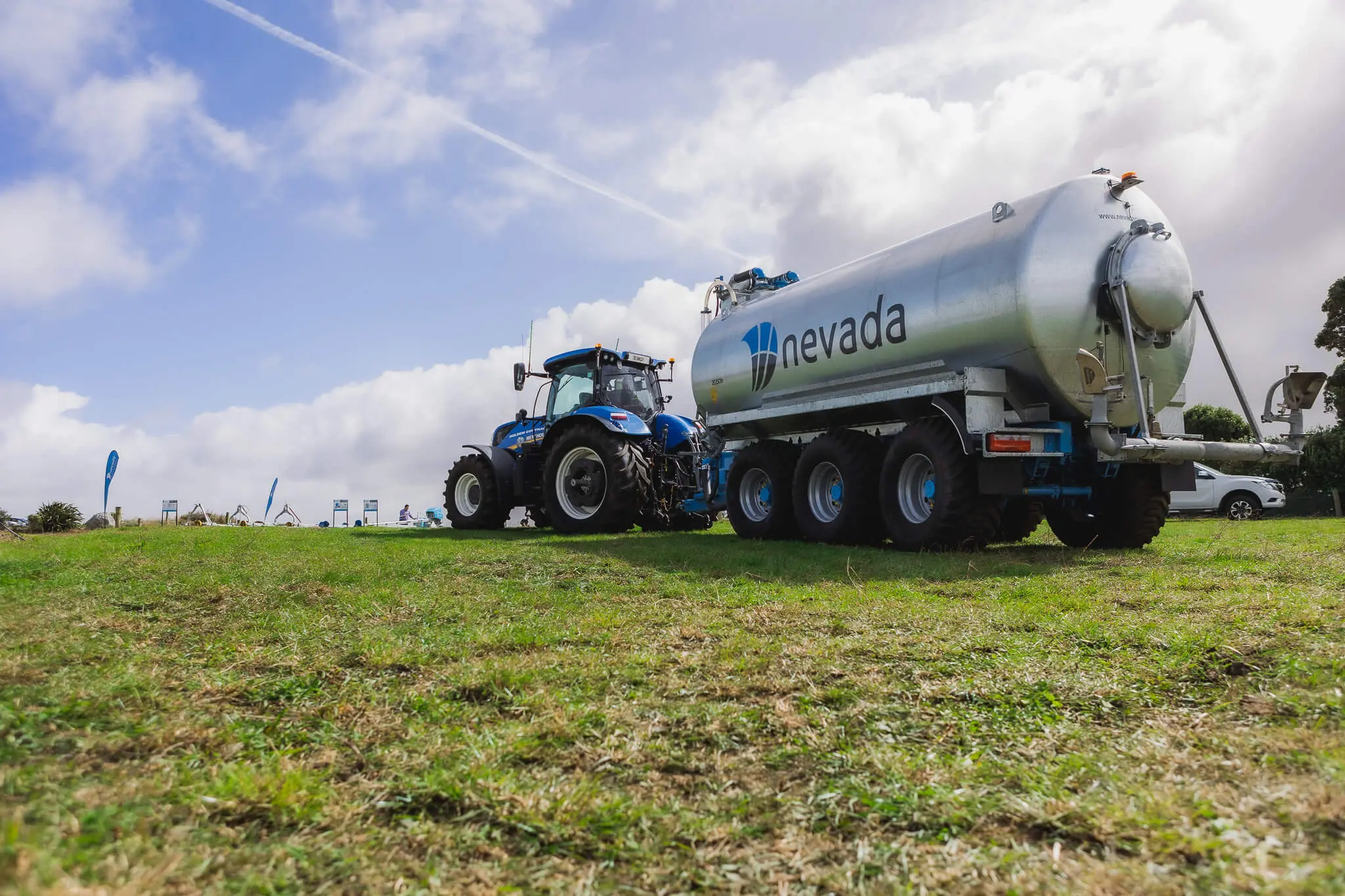Beneath The Surface
Every dairy farm requires a minimum amount of effluent storage, which can be compromised without the right equipment in place. Crust can form on the surface which is visible on the pond, but what is more important is what is happening beneath the surface. If heavy solids are not all brought up into suspension regularly, it can create build up that compacts on itself. This results in diminished storage capacity and creates a difficult task in the future to get all the solids back up into suspension again.
The solution to managing more capacity is to stir thoroughly and frequently with an effluent pond stirrer. Without stirring, the effluent falls out of suspension and drops to the bottom of the pond, tank, or effluent bladder. Stirring adequately and frequently maintains the storage capacity that dairy farms are required to have in order to remain compliant.
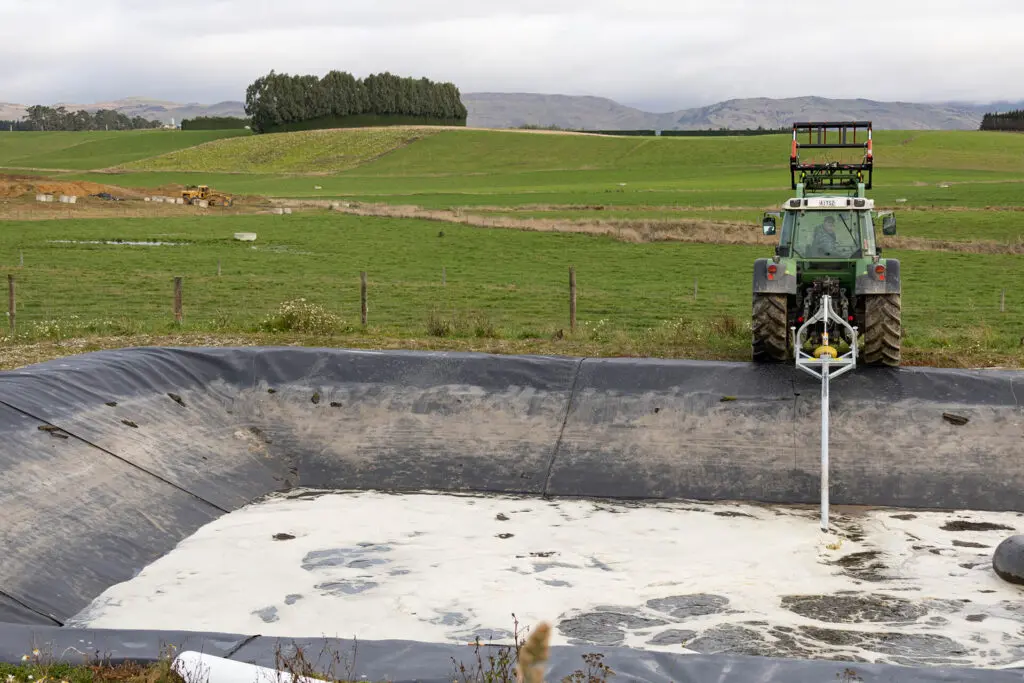
Not only does it benefit operations in maintaining compliance, it also lessens the wear and tear on effluent pumps. With better effluent pump efficiency, the solids are evenly mixed with liquids and can then be irrigated out to paddocks with high quality nutrients to condition the soil for stronger yields.
How do I adequately stir the pond?
Nevada TyphoonTM propeller creates a vortex circular motion that propels the solids into suspension and mixes it in with the liquids to create a richer mix for spreading. It also is beneficial to stir thoroughly for lowering the need and costs of synthetic fertilizers. By utilising effluent that is already available as a resource on the farm, you can lower overall costs and ensure operations are running more efficiently.
With an adequate pond stirrer that suits the needs of the effluent ponds on your farm, you can remain compliant and keep storage capacity at its maximum. Chat with our team to learn more about what type of effluent pond stirrer is right for your dairy farm and keep your pond healthy beneath the surface.
